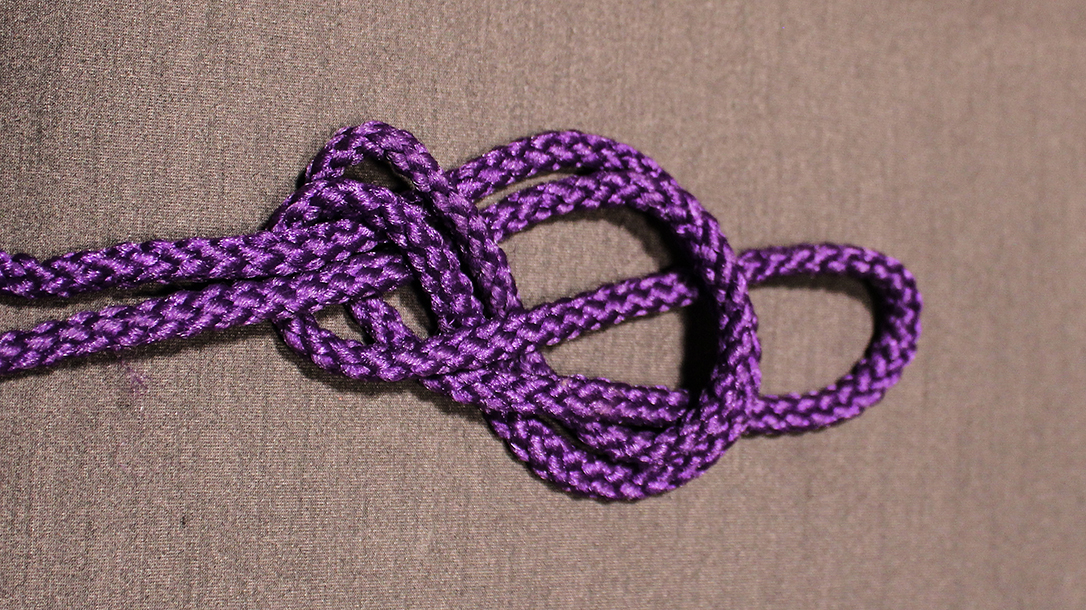

Rock Climbers often will use the Double Fisherman’s Knot in their rigging.(depending on the strength of the rope, of course).įurthermore, if you put a load on a double fisherman’s knot, there’s just not really any way that thing is coming undone–it’s a very secure knot. has data that shows that the double fisherman’s knot can sustain up to 19 kN. The Double Fisherman’s Knot is a strong and secure knot. The double fisherman’s knot is an extremely effective bend, or a knot used to tie two ropes together ( glossary). And you’ll get it in your email! Check it out here.
Best knotes free#
Tighten the knot by pulling the end loop while holding the standing end.Are you tired of not knowing which knot to use and when? Check out my free 5-day knot course! You will learn 1 essential knot per day with detailed video and picture instructions. Pass the running end through the small loop and behind the standing part, then back again through the small loop. To tie a bowline, make a small loop far enough from the running end to allow enough rope for the desired end-loop size. This knot gives the rope an end loop of whatever size you want. It is also tough enough to hoist an injured animal or pull a truck out of a ditch. The bowline is the go-to knot for rescuing people from holes or ledges. You can lock the knot by inserting the running end into the bight. A halter hitch is quickly untied with a tug on the running end – convenient for farmers but also easy for clever animals. Tighten the knot by pulling on the bight and the standing end. Bend the rope into a bight near the running end, and pass the bight over the main loop and through the second loop. Pass the running end behind the main loop, which creates a second loop. Drape the rope’s running end over the rail, and then pass the running end over the standing end to form the main loop.

This one is used for tethering an animal to a rail by a rope attached to a halter. Slip the running end under the coils (loosening them first, if necessary), and pull both rope ends to tighten the knot. Then circle the neck once more with the running end. Going right end (running end) over left, wrap the rope around the neck. You can close a half-empty bag of feed by bunching the bag’s top into a neck and fastening it with a miller’s loop. Holding the top of the loop that’s now in the middle, slip the rope from your hand and tighten the knot. In the same manner, pull the new middle loop over the left loop and then pull the new new middle loop over the right loop. Next, lift the middle loop over the right loop (which becomes the middle). Start by wrapping the rope around your palm three times, letting the ends hang. You can also tie farmer’s loops to take up slack in a line of any weight. This easy knot makes a loop that can serve as a handhold or place to attach tools and other objects. Polypropylene rope, for example, can safely pull twice as much weight as Manila rope made from hemp of the same thickness, but its slipperiness makes it difficult to keep a knot in place on a slack line. The bight is the curve between the running end and the standing end.ĭifferent jobs call for different materials and thicknesses. The standing end is the part you don’t manipulate. The running end is the end you manipulate.


 0 kommentar(er)
0 kommentar(er)
